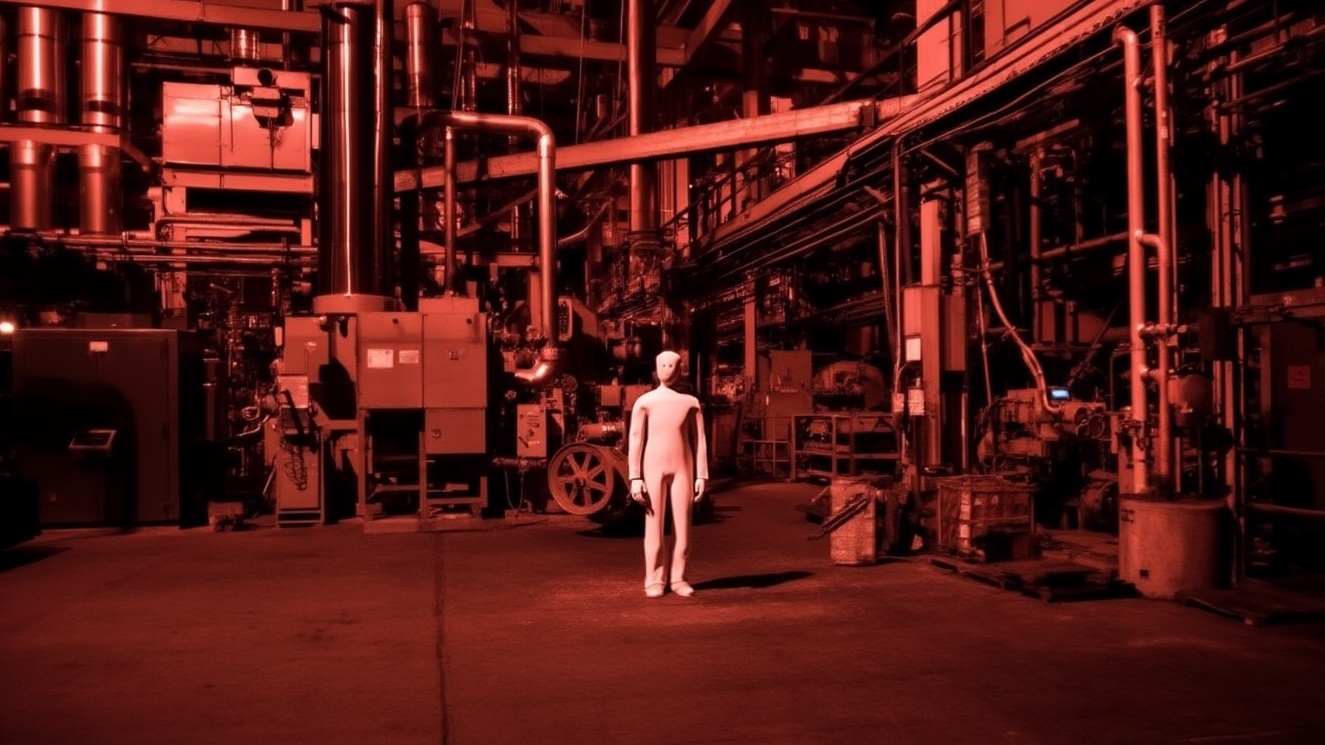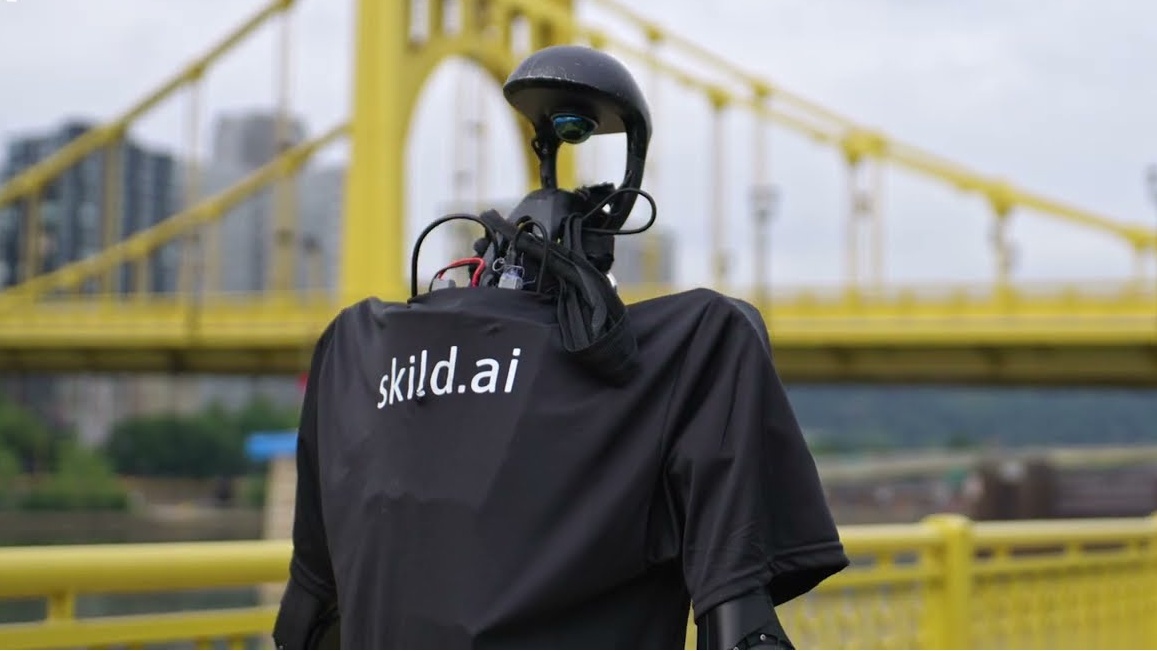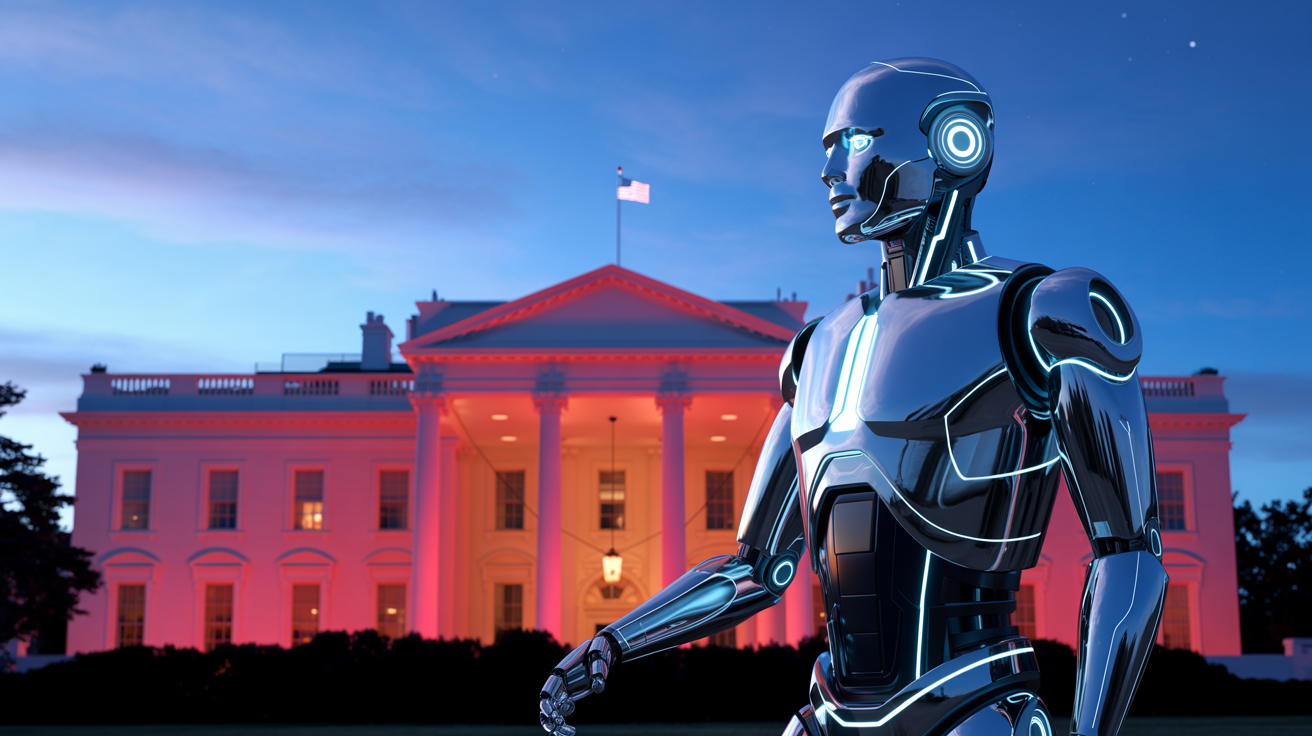NEO home bot, now open for preorders
PLUS: Patients control AI and robotics with thought
Read Online | Sign Up | Advertise
Good morning, robotics enthusiasts. Robotics startup 1X just opened preorders for NEO, a 5'6" humanoid it's billing as the world's first consumer-ready home robot.
But here’s the twist: when NEO freezes or hits a wall, a remote human operator wearing a VR headset steps in to take the controls, literally piloting your robot in your living room.
Welcome to the future — part AI, part human, all kinds of weird.
In today’s robotics rundown:
1X debuts NEO for $499 a month
Cruise founder Vogt’s robot startup eyes $4B
Tiny artificial muscle lifts 4K times its weight
Ocean robots find climate’s hidden problem
Quick hits on other robotics news
LATEST DEVELOPMENTS
1X
🤖 1X debuts NEO for $499 a month

Image source: 1X
The Rundown: 1X just opened preorders for NEO, its bipedal home robot built to automate everyday chores with a tap or a voice command. Shipping next year in the U.S., NEO arrives loaded with autonomous skills — but it doesn’t come alone.
The details:
Early adopters can purchase NEO for $20K or opt for a $499/month rental plan; first deliveries start in 2026.
NEO autonomously handles basics like opening doors, fetching items, and turning lights on/off, with skills added over time via software updates.
Control is conversational: NEO uses a built-in large language model to understand speech, gestures, and context for natural, hands-free operation.
For complex or bespoke tasks, 1X provides human teleoperation with safeguards like blurring people and user-defined no-go zones.
Why it matters: That human-in-the-loop setup is a trade-off: NEO works now instead of waiting years for perfect autonomy. Of course, not everyone is comfortable with a remote operator in a VR headset jumping in — but 1X says that’s how it gets smarter, faster. Rowan already preordered one, so expect a full field report soon.
THE BOT COMPANY
🔥 Cruise founder Vogt’s robot startup eyes $4B

Image source: Wikimedia Commons / Techcrunch
The Rundown: Cruise founder Kyle Vogt’s new stealth venture, The Bot Company, is in talks to raise about $250M at a valuation above $4B, reports Bloomberg. The startup is building a non-humanoid home robot to tackle household chores.
The details:
Co-founded with former Tesla AI lead Paril Jain and ex-Cruise engineer Luke Holoubek, the company is still pre-product and pre-revenue.
The new round would double its valuation from a Greenoaks-led deal earlier this year that valued it near $2B.
The Bot Company, based in San Francisco, launched months after Vogt's messy exit from Cruise, the robotaxi startup acquired by GM.
The company's site promises "affordable robots" that handle boring household tasks, a clear signal they're going after consumers, not factories or warehouses.
Why it matters: Vogt's betting investors will fork over billions for a robot that doesn't officially exist yet — a sign the home robotics hype cycle is alive and well as Figure ramps up and NEO starts to ship next year. No word yet on when we'll see an actual product or what it looks like, but Vogt is hoping to deliver where Cruise stumbled.
UNIST
💪 Tiny artificial muscle lifts 4K times its weight

Image source: Ideogram / The Rundown
The Rundown: South Korean researchers at UNIST built a tiny artificial muscle that switches from soft to rigid on command and lifts roughly 4K times its own weight. Think humanoid robots with Hulk-level strength in a featherweight package.
The details:
A sample weighing around 1.2 grams can hoist 5 kilograms — a new strength-to-weight record for soft actuators.
Embedded magnetic microparticles let researchers control it remotely while keeping it stretchy enough for fast, fluid motion.
The specs: up to 86% strain (double what human muscle manages) and a work density around 1,150 kJ/m³ — 30 times biological tissue.
It cracks the classic artificial muscle paradox: strong but stiff versus stretchy but weak. This does both.
Why it matters: If it scales beyond the lab, you're looking at humanoids that move like people but lift like machines — plus lighter prosthetics and exoskeletons that don't fight your body. For now, it's a proof of concept, but it's a promising path to ditching clunky motors for something that actually feels alive.
RESEARCH ROBOTICS
🌊 Ocean robots find climate's hidden problem

Image source: MBARI
The Rundown: A fleet of autonomous robots is quietly patrolling the deep ocean, turning it into a live sensor grid. And they just spotted trouble: marine heatwaves are breaking the biological pump that drags carbon from the surface into the abyss.
The details:
The robot floats are built and deployed by MBARI's research program, diving to 2K meters to sample oxygen, pH, and other vital signs in near real time.
They've revealed that warming ocean waters are stratifying into layers, essentially choking off nutrients that plankton need to survive and thrive.
Starved plankton means less photosynthesis at the surface, and less carbon getting locked away in the deep when those organisms die and sink.
These robot sentinels operate autonomously for years, surfacing periodically to beam data to satellites before diving back down.
Why it matters: The ocean absorbs roughly a quarter of human CO₂ emissions, but researchers say that if heatwaves keep undermining that biological carbon pump, we could lose one of our biggest climate buffers. These robots aren't just monitoring the problem; they're quantifying how fast it's unraveling.
QUICK HITS
📰 Everything else in robotics today
Uber is launching a robotaxi service in San Francisco in 2026 using Lucid Gravity SUVs equipped with Nuro’s self-driving system, putting it head-to-head with Waymo.
Samsung SDI is entering talks with robot makers to cushion the hit from U.S. tariffs and weaker EV demand by diversifying revenue beyond cars, Bloomberg reports.
iRobot says talks with its last potential buyer collapsed, worsening the post–Amazon deal fallout; the company has warned it could be forced to seek bankruptcy.
Foxconn announced that it will roll out humanoids on the production lines of its Houston plant that builds NVIDIA AI infrastructure systems.
Aurora is launching a second 600-mile driverless trucking route from Fort Worth to El Paso, Texas, just six months after its commercial debut.
Tethys Robotics raised $4M in pre-seed funding to scale its 35kg, 300‑meter-rated autonomous inspection drone aimed at offshore wind, energy, and search‑and‑rescue.
McGill engineers built a tiny, 2.7mm robotic bioprinter that 3D‑prints hydrogels onto vocal cords during surgery to precisely rebuild tissue and speed up voice recovery.
Beijing’s BAAI just taught Unitree’s 35kg G1 humanoid to tow a 1.4‑ton car across a flat lot, a balance‑and‑traction flex as much as a strength demo.
Starship snagged $50M in funding, topping $280M total, to push its sidewalk delivery bots beyond college campuses and European cities into major North American markets.
COMMUNITY
🎓 Highlights: News, Guides & Events
Read our last AI newsletter: Extropic's 10,000x AI energy breakthrough
Read our last Tech newsletter: Grokipedia is here, like it or not
Read our last Robotics newsletter: Nike's robotic sneaker
Today’s AI tool guide: Build apps using multiple agents in Cursor 2.0
RSVP to next workshop @ 4PM today: Build PPTs with Claude Skills
See you soon,
Rowan, Jennifer, and Joey—The Rundown’s editorial team
Stay Ahead on AI.
Join 1,000,000+ readers getting bite-size AI news updates straight to their inbox every morning with The Rundown AI newsletter. It's 100% free.





